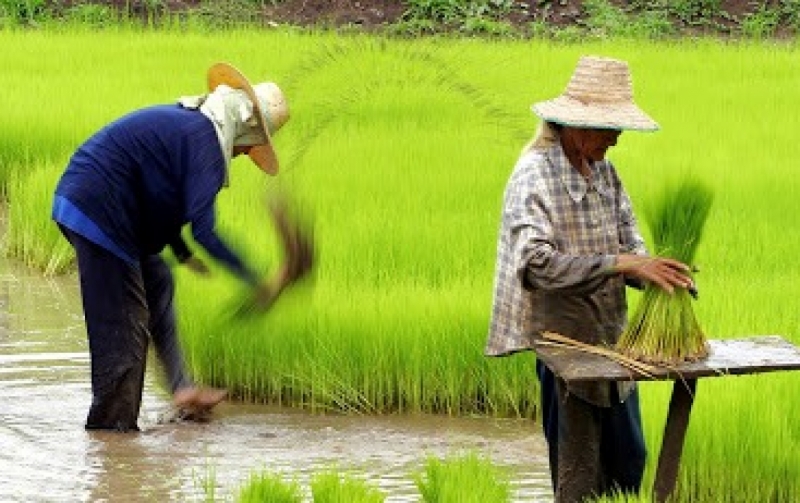




Those whose hands touch the dusty, brown (sometimes black) soils of the earth understand more than anyone else that a seed is more than just a plant. The seed or seedling that farmers hold in their hands symbolizes the beginnings of life, or more appropriately, the matter from which life springs.
Seeds are a symbol of hope, and they carry the visions of green fields; a ripe, rich harvest; abundant food on the table; and more income for the family. For a farmer, a good seed that he is able to save from the last season means the promise of another abundant harvest in the next.
But not all seeds are created equal and the assurance of a rich harvest that a handful of seeds bring does not mean the same thing for another low standard bunch.
The quest for a good seed in Myanmar’s farms
Myanmar is a country rich in natural resources. The vast tracts of land carry the promise of a good harvest provided there are adequate and quality inputs. in fact, the country has once been one of the top exporters of rice in Southeast Asia, and with its ongoing reforms in agriculture, is aiming to reclaim that spot.
Most of Myanmar’s rice is produced in the Ayeyarwady Region, also aptly called the country’s granary. Production problems are not, however, absent especially among poor smallholder farmers. “Farmers use a local seed variety,” explains Mr. Aye Ko Ko, director of the Agricultural Extension Division under the Ministry of Agriculture and Irrigation (MOAI). “The common problem among farmers in the region is the absence of a good seed storage system that will allow farmers to store good, quality seeds for the next planting season.” Typically, seeds are only stored in bamboo baskets in small warehouses that make it prone to molds.
This lack of adequate and proper facility for drying the seeds for the next season only further exacerbates the loss of profit and sufficient earning especially among non-seed grower farmers.
Finding a solution
The drive to address the problem and help rice farmers is high. A large part of the solution finally came when the Japan International Cooperation Agency (JICA) offered to support an initiative that focuses on seed multiplication and distribution.
The project has concentrated on two major things: boosting infrastructural support, and enhancing the knowledge base of over 150 farmers from three selected townships in the region.
“JICA set-up seed processing plants with sorting machine that the farmers can use,” explains Dr. Nyi Nyi, also from the Agricultural Extension Division. With such facility, farmers now have access to better equipment for storing their seeds for a longer period of time. Mr. Aye Ko Ko's office has also taken the lead in introducing farmers to high quality seed varieties and sharing storage and maintenance technologies.
Farmer field schools have been instrumental in facilitating the information exchange between farmers and technical extension workers, demonstrating appropriate use and techniques, and sharing good practices. “We also use other approaches to teach farmers about seed quality and storing and processing. There are leaflets and print materials given to the farmers,” explains Ms. Myint Myint Aye, another member of the Agricultural Extension Division. She adds, “JICA produced a calendar with step-by-step information on how to maintain seed quality in Burmese. We are glad that we have this to give to the farmers.”
In addition to information on seed technology, the extension workers also teach the farmers the value and gains of seed sharing and the difference between seed price and grain price. According to Mr. Aye Ko Ko, “The farmers tell us that now they know more about seeds and seed quality. Before we only have around 10% of farmers who can use quality seeds. Now, it has increased to 30%.” Adds Dr. Nyi Nyi, “We are happy that we have the aid from JICA. We have the technology, and the teaching materials, visual aids that we can use in our own language.”
But the project is far from over. With around a year and a half to go before it ends in 2016, Mr. Aye Ko Ko’s team is hopeful that they can share the technology to more farmers to help them save good quality seeds for the next season.
More than the technology, however, the project has also shown the value of farmer leadership and modeling. Many of the farmers involved in the project have been sharing the information to their fellow farmers. They have, in a sense, become like the stock seeds that bring the promise of a good harvest. As they pass on and share what they know to other farmers, they also share the promise of a rich harvest -- exactly like seeds of hope.